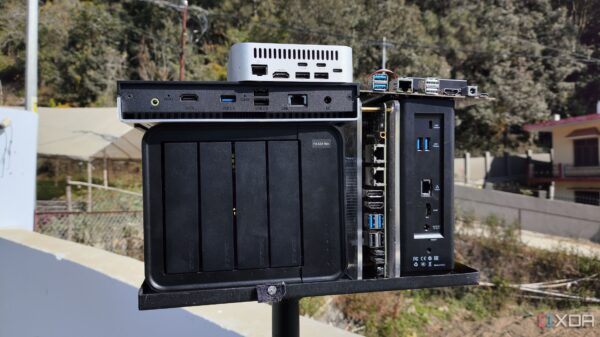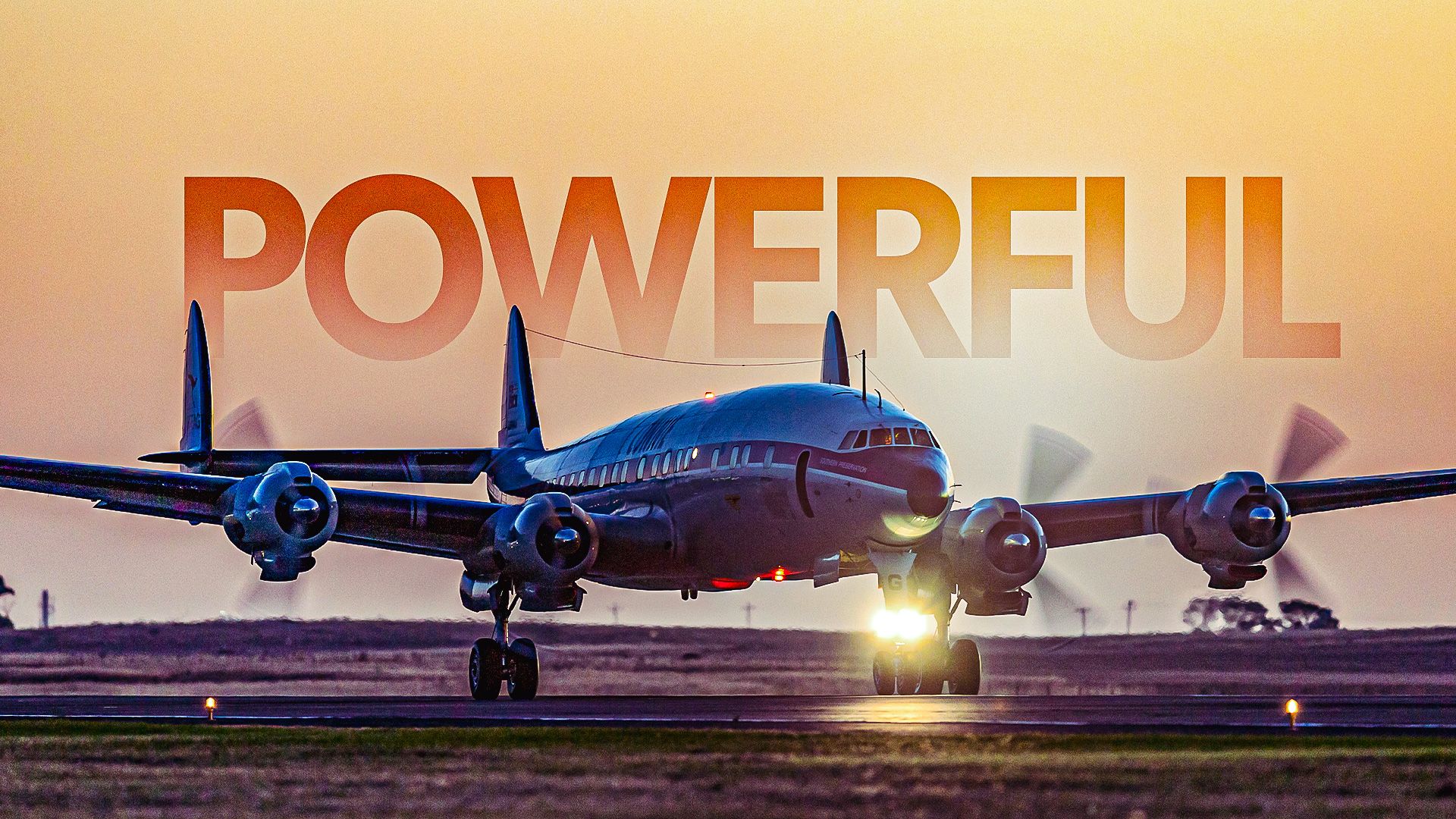The Lockheed Constellation, affectionately known as “Connie,” is celebrated for its pioneering design and impressive capabilities in the golden age of piston airliners. This aircraft not only marked a significant advancement in aviation technology but also played a crucial role in shaping long-haul air travel from the late 1940s into the 1950s. With its innovative engineering and strong performance, the Constellation remains an iconic symbol of the era.
The Origins of the Lockheed Constellation
The conception of the Lockheed Constellation began in 1939, when Trans World Airlines (TWA) sought a high-performance airliner capable of flying over 3,500 miles (5,600 kilometers). Despite the disruptions of World War II, the vision of engineer Kelly Johnson and his team at Lockheed materialized. The prototype took its inaugural flight on January 9, 1943, initially serving as a military transport designated as the C-69. Following the war, it transformed into a groundbreaking commercial airliner that revolutionized long-distance flight.
By the end of its production run in 1958, a total of 856 Constellation aircraft had been built. Its iconic triple-tail design and elongated fuselage quickly became synonymous with post-war air travel. Variants of the aircraft underwent numerous refinements, including increased fuel capacity and more powerful engines, allowing the Constellation to serve both commercial and military needs effectively.
A Range of Variants and Engine Power
The evolution of the Constellation is evident in its various models, starting from the original L-049 to later versions like the L-1049 “Super Constellation” and L-1649 Starliner. Each variant showcased enhancements in length, maximum take-off weight, and engine performance. The following table summarizes key features of several significant models:
| Variant | First Flight | Length / Key Change | Approx MTOW | Engine Type | Production |
|---|---|---|---|---|---|
| C-69 / L-049 | Jan 1943 | Original fuselage (95 ft) | 39,115 kg (86,250 lb) | R-3350 Duplex-Cyclone | 88 |
| L-649 | Oct 1946 | Improved L-049 | 42,640 kg (94,000 lb) | Up-rated R-3350 | 14 |
| L-749 | Mar 1947 | Increased fuel for trans-Atlantic | 46,260 kg (102,000 lb) | R-3350 upgrade | 60 |
| L-1049 (“Super”) | Oct 1950 | Fuselage stretch (18 ft) | 54,400 kg (120,000 lb) | R-3350 Turbo-Compound | 24 (initial) |
| L-1649A Starliner | 1956 | Final refined version | Varies | R-3350 Turbo-Compound | 44 |
The Constellation’s remarkable performance was largely attributed to its engine technology. The dominant powerplant, the Wright R-3350 Duplex-Cyclone, was a cutting-edge 18-cylinder, twin-row, air-cooled radial engine that offered power outputs ranging from 2,200 hp to over 3,500 hp. The turbo-compound version, utilized in later models, featured power recovery turbines, enhancing efficiency and overall performance.
The versatility of the R-3350 engine is noteworthy; it powered various aircraft, including the Boeing B-29 Superfortress and the Douglas DC-7. This widespread use further highlights the engine’s robust design and reliability.
The Constellation’s ability to handle diverse roles—from commercial airliner to military transport—demonstrated its adaptability. Military variants like the C-121 and the WV/EC-121 were designed for long-range transport and electronic surveillance, solidifying the Constellation’s reputation.
The aircraft’s popularity can be attributed to multiple factors. Its performance capabilities outmatched many contemporaries, such as the increased fuel capacity of the L-749, which made it ideal for trans-Atlantic routes. The pressurized cabin and powerful engines provided a level of comfort and speed that older piston aircraft could not match.
Airlines continued to rely on the Constellation, recognizing its reliability and performance during a time when jet technology was still maturing. The proven R-3350 engine family and Lockheed’s well-established production processes built confidence among operators.
Ultimately, the Lockheed Constellation serves as a remarkable testament to the pinnacle of piston-driven aircraft design just as the industry began transitioning to jets. Its combination of elegance, powerful engineering, and adaptability ensured it remained a favorite among airlines and military operators alike during its operational years. The legacy of the Constellation endures, reminding enthusiasts and historians alike of a time when propeller-driven aircraft reigned supreme in the skies.








































































